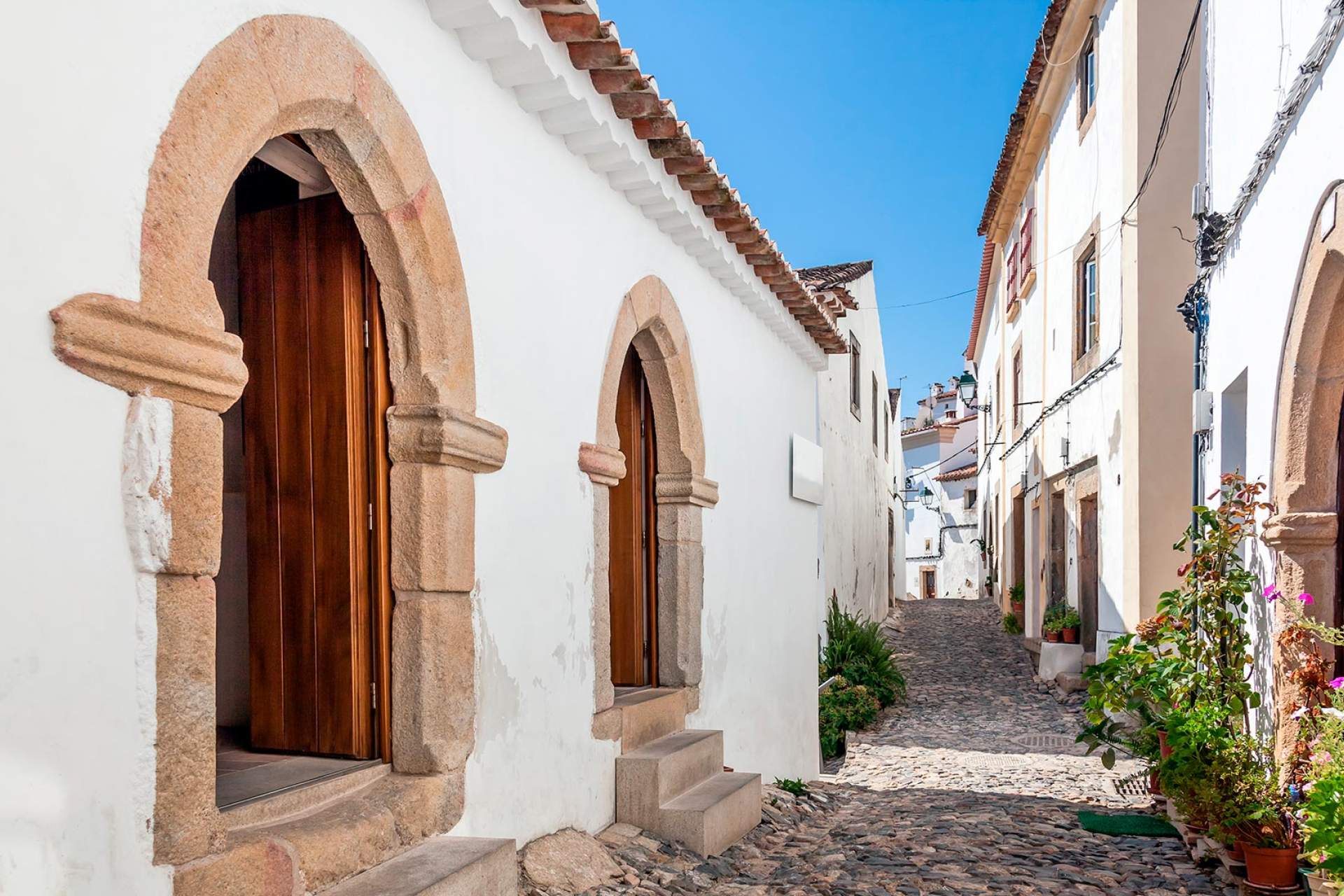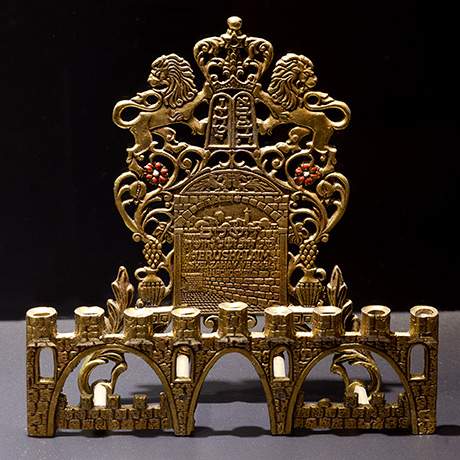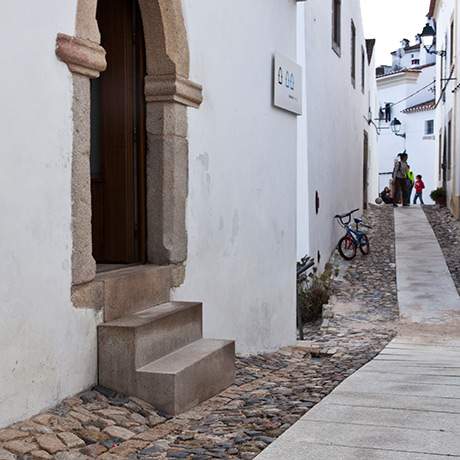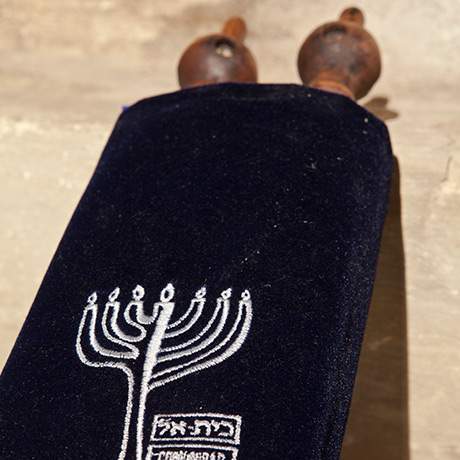
Castelo de Vide Medievel Synagogue
Medieval Sephardic memory of Castelo de Vide.
The building, which is thought to be the ancient medieval Synagogue, is today musealised and is one of the most emblematic landmarks of this village.
It is located at the junction of Judiaria Street and Fonte Street facing east-west. With uncertainty about the date of the building, it is assumed that it was built in the same period as the Jewish quarter in the 14th century.
The entire set consists of one volume composed of two floors: the central prayer space, with a Hejal (Aron Kodesh) is located in one of the rooms on the top floor. Hejal is a very careful and elegant piece. Hejal was only discovered in the seventies of the 20th century while carrying out the restoration of the building's walls. Today it is the centre of the exhibition circuit.
It is probable the men of the community gathered here, while a separate room to the right was intended for female members.
An access door to the first floor presents the Mezuzah brand. This concavity was intended to keep a case that contained a small scroll where some of the words of the Shema, the fundamental Jewish cult prayer were written. All doors had an ogive arch, dating back to the 16th century.
The other rooms exhibit a collection of pieces on the history of the Jewish community in Castelo de Vide.
The restoration, consolidation and enhancement of the Synagogue building required conducting various surveys that allowed archaeological materials to be collected. The building undergone profound changes in the 16th century, coinciding with the end of the freedom of worship of the Jews in Portugal. The inner and outer space was changed and adapted over the centuries, having undergone works to adapt for residence in the 18th century.
Address:
Rua da Judiaria, 7320-190 Castelo de Vide
Phone:
Email:
Website:
Timetable:
1 October to 31 May 09.00 - 13.00 and 14.00 - 17.00; 1 June to 30 September 09.00 - 13.00 and 15.00-18.00
Closing day(s):
Easter Sunday, Monday after Easter Sunday, 24 and 25 December, 31 December and 1 January.
Close
Search results for:
No results were found matching your search.
Information available soon.





